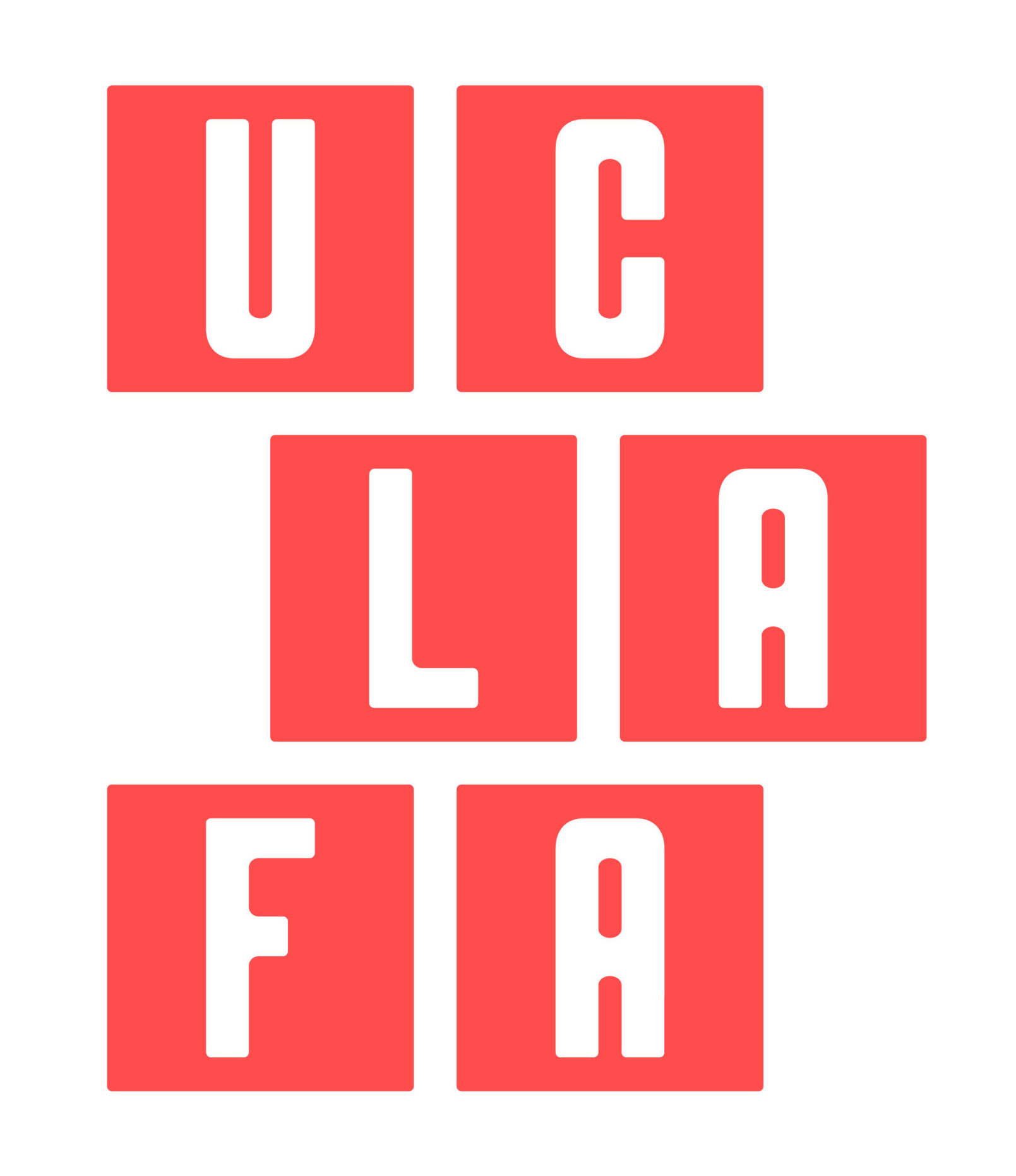Cosmetic Adjustments to the State Budget
At the governor’s media conference last Thursday where he presented his budget proposal for 2013-14, some reporters asked about the discrepancy between the proposal – which said that at the end of this year we would have a positive reserve in the general fund – and an earlier estimate by the Legislative Analyst that there would still be a negative reserve. Basically, the answer – from the budget director (Brown begged off on answering) – was that the governor’s budget involved different assumptions.
Actually, the difference between slightly positive ($785 million) and the Leg Analyst’s negative (-$1.9 billion) isn’t all that large, given the noise in predictions for a budget that this year is an estimated $93 billion.
As Brown’s estimate now has it, we started this fiscal year (July 1, 2012) with a negative reserve in the general fund of -$1.6 billion. The budgets presented by the governor and enacted by the legislature use a fuzzy “accrual” approach to accounting. There is an alternative cash budget reported by the state controller. You can see it summarized on the figure below:
The general fund reserve was positive in 2005-06 (thanks to Schwarzenegger’s borrowing plan – another issue) but then the state ran deficits (outflow > inflow) for the following three years (particularly in financial crisis year 2008-09), producing a negative reserve of -$11.9 billion. After that year, for the next two years, a combination of economic recovery and temporary taxes (enacted in Feb. 2009) produced budget surpluses (inflow > outflow) that whittled down the negative reserve. Brown was unable to get legislative Republicans to go along with tax extensions so the budget went into deficit (outflow > inflow) and the negativity in the reserve increased. So at the beginning of this fiscal year (2012-13), the reserve was a negative -$9.6 billion. No official reconciliation is available between the governor’s -$1.6 billion on accrual and the -$9.6 billion on a cash basis. But the $8 billion discrepancy is not exactly chicken feed. Moreover, to get into positive territory by the end of this fiscal year (June 30, 2013), the cash budget for this year would have to run a surplus (inflow > outflow) of at least +$9.6 billion. That’s a lot.
None of this analysis means that the state will run out of cash and start issuing IOUs as it did in 2009. The controller can continue internal borrowing from state funds outside the general fund and go to Wall Street for short-term loans. But it does suggest that the state’s position remains precarious in the sense that some untoward negative economic development could adversely affect the budget outlook. Standard economic forecasts don’t predict anything other than a slow continued economic recovery. But predicting financial panics is not something for which standard economic forecasting models are very good. One could, for example, imagine the various “cliffs” that Washington, DC now faces tripping off such an event.



